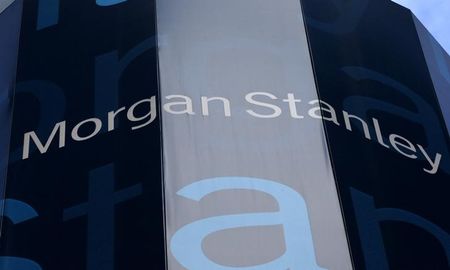
Investing.com — The Federal Reserve’s stance on interest rate cuts has shifted, with restrictive trade and immigration policies playing a pivotal role in delaying further easing, according to Morgan Stanley (NYSE:).
While the Fed recently enacted a 25-basis-point rate cut, its forward guidance has turned “decidedly hawkish in favor of only two rate cuts in 2025, versus four previously,” said the bank.
Morgan Stanley notes that the Fed is now prioritizing inflation concerns over labor market risks, with Chair Powell acknowledging that “uncertainty about the outlook for inflation had risen and risks around inflation were weighted to the upside.”
The persistence of inflation, driven in part by higher tariffs and reduced immigration, is said to underscore the Fed’s cautious approach.
“Restrictive trade and immigration policies can keep inflation firm and delay further rate cuts,” Morgan Stanley stated.
The bank explains that a gradual increase in tariffs on Chinese imports and a sharp decline in immigration—from 1 million in 2025 to just 500,000 in 2026—are expected to contribute to core PCE inflation remaining sticky at 2.5% next year.
These policies are also expected to weigh on economic activity over time, with Morgan Stanley forecasting real GDP growth slowing to 2.0% or below in 2025.
Despite the hawkish near-term outlook, Morgan Stanley believes this could change as lagging effects of restrictive policies dampen growth further.
Drawing parallels to December 2018, Morgan Stanley highlights how the Fed shifted from a hawkish stance to rate cuts as economic activity slowed under similar conditions.
“The Fed may be hawkish today – concerned about inflation persistence and policy uncertainty – but turn dovish tomorrow, particularly if those same policies weigh on economic activity and labor markets over time,” the analysts wrote.
#Restrictive #trade #immigration #policies #delay #rate #cuts #Investing.com